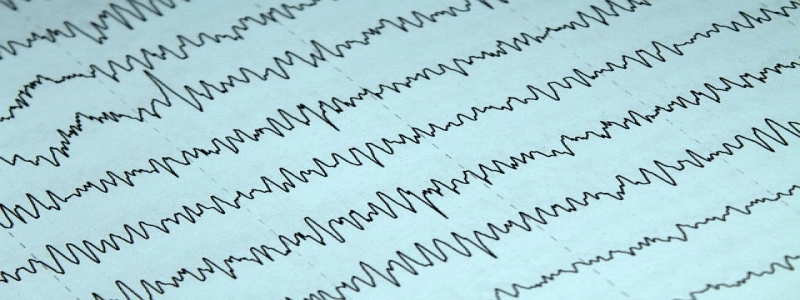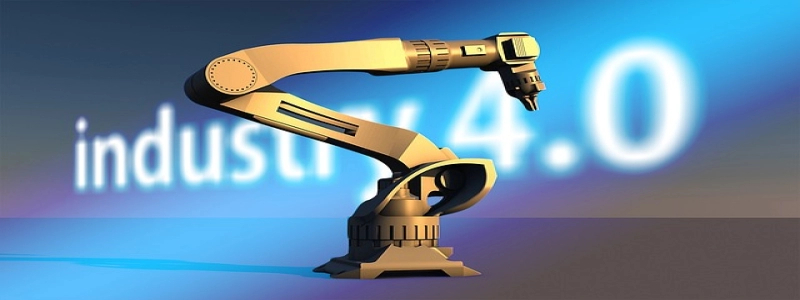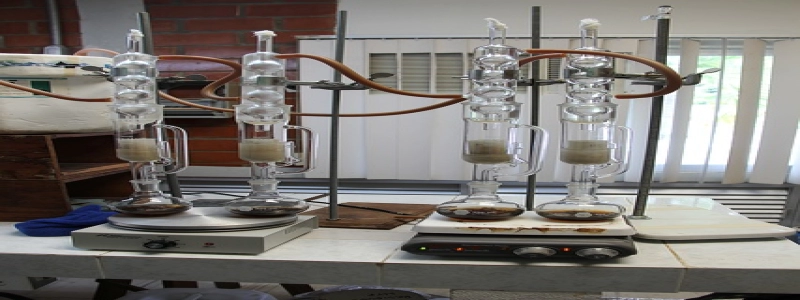Can an Ethernet Cable Go Bad?
Introduction:
An Ethernet cable is one of the most common networking cables used to connect devices to the internet or a local network. However, like any other electronic device or equipment, Ethernet cables can also deteriorate over time. In this article, we will explore whether Ethernet cables can go bad and what factors can contribute to their degradation.
I. Understanding the Functionality:
Before delving into the potential deterioration of Ethernet cables, it is essential to understand how they function. Ethernet cables transmit data signals between devices, such as computers, routers, and switches, allowing them to communicate with each other. These cables consist of several internal wires, also referred to as twisted pairs, encased in an insulating sheath. The quality and integrity of these internal components determine the overall performance and reliability of the Ethernet cable.
II. Factors Contributing to Ethernet Cable Degradation:
1. Physical Damage:
Ethernet cables are vulnerable to physical damage, such as bending, kinking, or crushing. Over time, these stresses can cause the internal wires to break or become frayed, thereby compromising the cable’s ability to transmit data effectively. Moreover, accidental tripping or pulling can also damage the connectors attached to the cable, resulting in a poor or intermittent connection.
2. Environmental Factors:
The environment in which Ethernet cables are used can greatly impact their lifespan. Exposure to extreme temperatures, moisture, or excessive dust can lead to deterioration. For example, if an Ethernet cable is installed outdoors or in a humid environment without proper protection, water can seep into the cable, causing corrosion and signal loss.
3. Aging and Wear:
As with any electronic device, Ethernet cables experience wear and tear over time. The continuous use of cables, accompanied by frequent plugging and unplugging, can lead to connector degradation. Additionally, the internal wires may also become worn out, affecting the cable’s overall performance.
III. Signs of a Bad Ethernet Cable:
Identifying a deteriorating Ethernet cable is crucial to maintain a stable network connection. Some common signs of a bad Ethernet cable include:
1. Frequent Disconnections:
If your internet connection drops frequently, it could be a sign of a faulty Ethernet cable. A damaged cable may cause intermittent connections, resulting in a disrupted network connection.
2. Slow Internet Speed:
When an Ethernet cable starts to deteriorate, it may not be able to transmit data at the same speed as a new cable. Consequently, you may experience a noticeable decrease in internet speed.
3. Physical Visual Damage:
Inspecting the physical condition of your Ethernet cable is essential. Look for signs of frayed wires, broken connectors, or any evident damage. If you notice any of these issues, the cable may need replacement.
Conclusion:
While Ethernet cables are generally durable, they can go bad over time. Physical damage, exposure to harsh environments, and aging are some of the factors that contribute to cable degradation. By understanding the signs of a deteriorating cable, you can ensure a reliable network connection by promptly replacing any faulty Ethernet cables. Moreover, practicing proper cable management and providing appropriate protection against environmental factors can help extend the lifespan of Ethernet cables.








